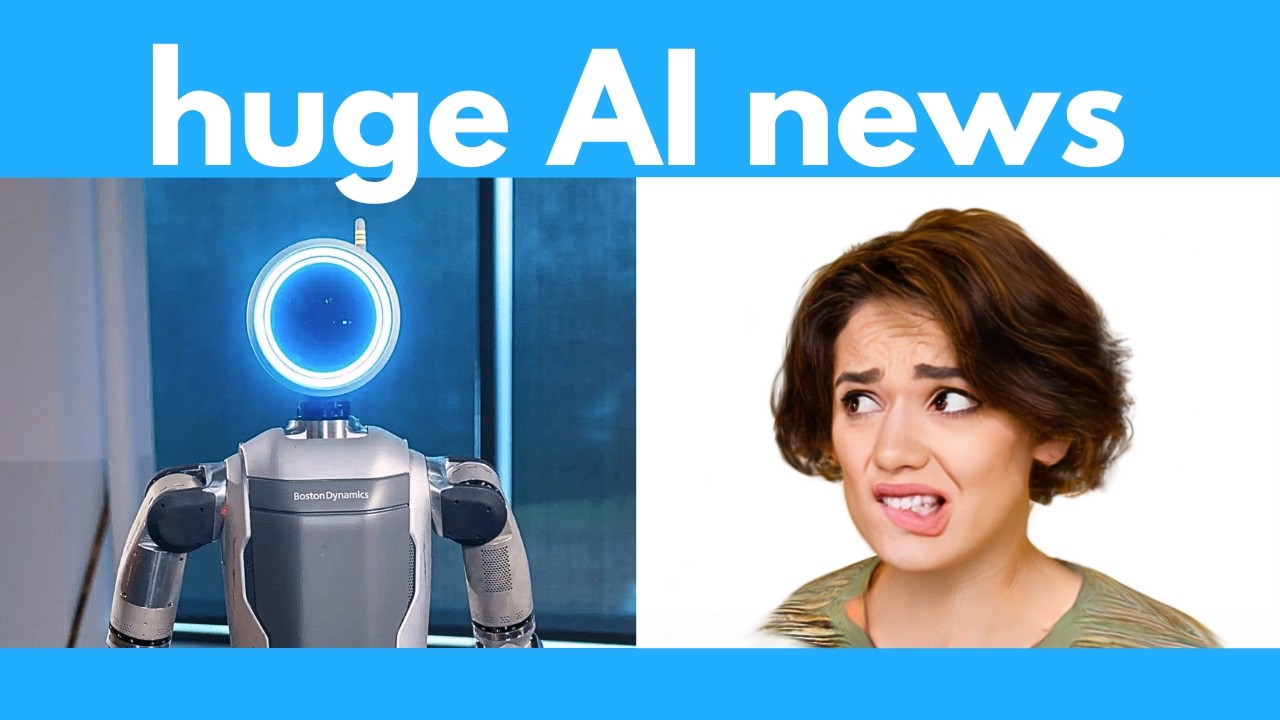This week, several groundbreaking AI tools were introduced, including Part Gen for generating and segmenting 3D models, and Anid Do for automating the coloring of animation frames. Additionally, Deep Seek version 3 emerged as a powerful open-source alternative to leading models, while other innovations like Facelift and HSFm enhanced 3D modeling capabilities, showcasing significant advancements in AI technology across various fields.
This week, despite the Christmas holidays, the AI landscape has seen remarkable advancements. A new AI tool called Part Gen can generate 3D models from images, text prompts, or existing models, allowing users to break down these models into individual parts. For instance, if prompted with a beagle in a detective’s outfit, it produces a 3D model that can be separated into the beagle, the hat, and the outfit. This tool is particularly useful for video games, animations, and product design, enabling quick segmentation and editing of 3D objects.
Another innovative AI, Anid Do, automates the tedious process of coloring line art in animations. By using a reference image, it can consistently colorize each frame of an animation, significantly reducing the time animators spend on this task. The AI can adjust skin tones and backgrounds based on different reference images, making it a flexible tool for animators looking to streamline their workflow.
Articulate Anything is another exciting development, capable of creating articulated 3D models from images or videos. This AI can generate models that mimic real-life movements, such as opening a cupboard or spinning a chair. This functionality is particularly beneficial for training robots in simulations, allowing them to learn how to interact with various objects in the real world.
In the realm of open-source AI, Deep Seek version 3 has emerged as a strong competitor to leading models like GPT-4 and Claude 3.5. With 671 billion parameters, this model excels in coding and math tasks while using significantly less computational power than its counterparts. Its open-source nature allows users to experiment with and adapt the model for various applications, showcasing the potential for innovation without the need for extensive resources.
Lastly, several other noteworthy tools were introduced, including Facelift, which generates high-quality 3D heads from single images, and HSFm, which creates 3D models from multiple photos of a scene. Additionally, the Drivernet Plus+ database features 8,000 AI-generated car designs, providing a valuable resource for automotive design and aerodynamics. These advancements highlight the rapid progress in AI technology, offering exciting possibilities for various industries and applications.
